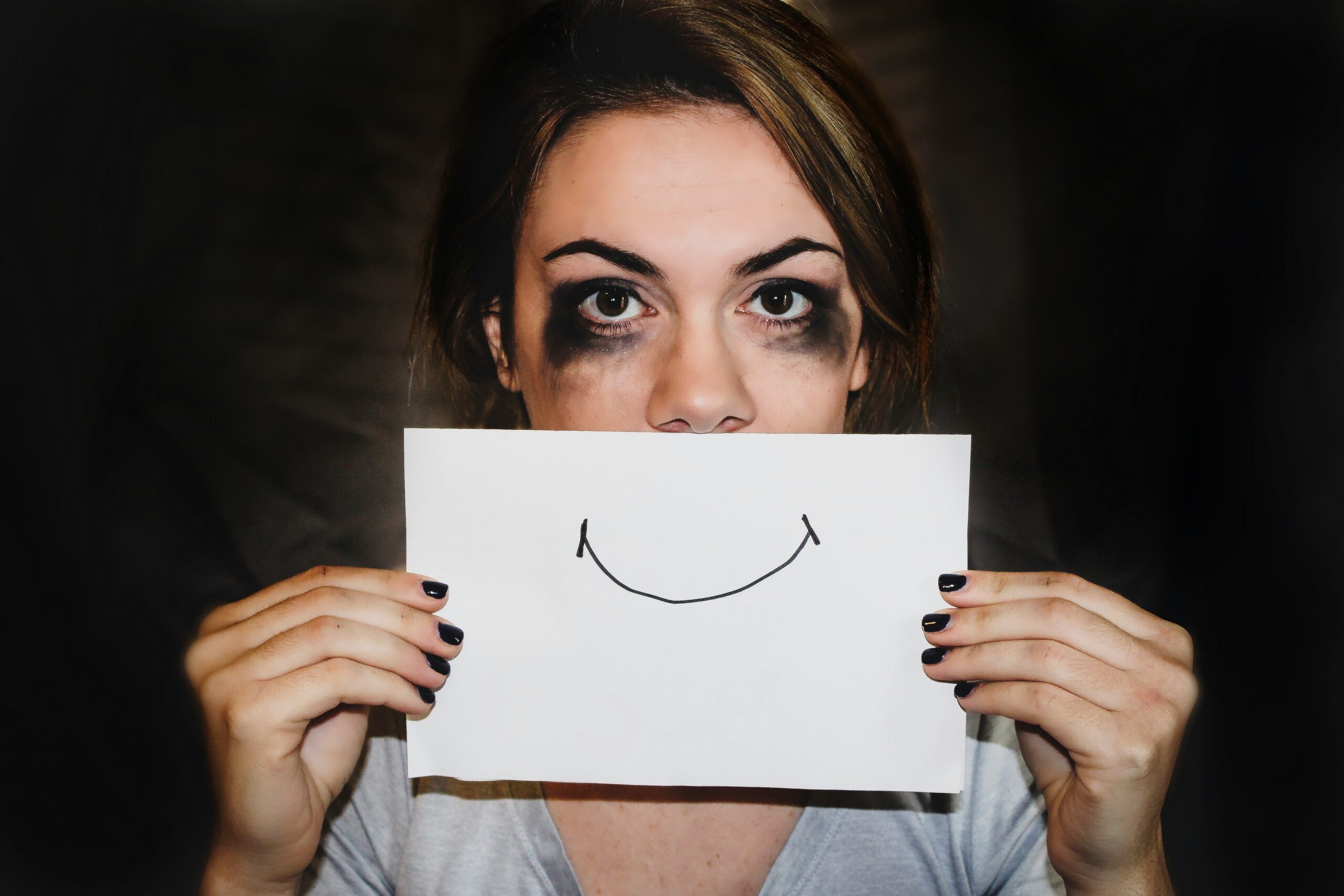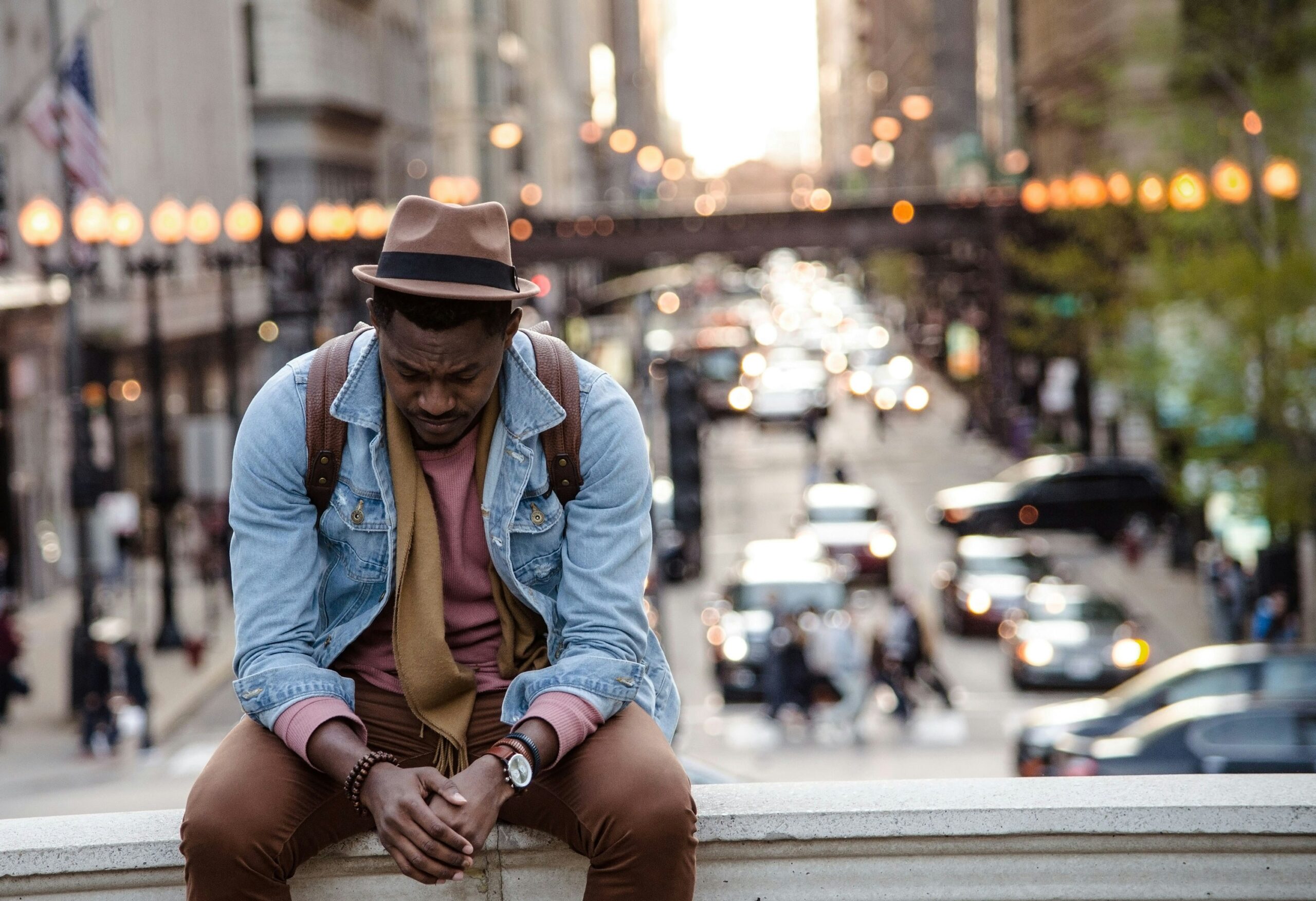We live in an age where exhaustion has become a status symbol. Social media glorifies “grind culture,” corporate life often thrives on burnout, and even vacations have been repurposed as content opportunities rather than true breaks. Sleep trackers, productivity hacks, and 4 a.m. routines all urge us to squeeze more from each day. Yet, few conversations remind us to actually restore. In this blur, the concept of the relaxation station emerges as a quiet act of counterculture.
It offers a modern permission slip: a chance to unplug, pause, and intentionally recharge in a world that too often equates rest with weakness. The relaxation station is not about indulgence; it’s about sustainability. Think of it as an oxygen mask for the mind, body, and soul. And right now, as stress-related disorders continue to rise, building intentional rest into daily life is not just trendy—it’s essential for survival.
The evolution of the relaxation station
The roots of the relaxation station run deeper than TikTok wellness trends. Across history, cultures have always carved out spaces for decompression: Japanese tea ceremonies, Roman baths, Middle Eastern hammams, African storytelling circles, and even Spain’s tradition of the siesta. These were never mere luxuries. They were woven into the very rhythm of daily life. Today’s version is a modern remix of these practices, reframed for the overstimulated, hyper-connected lifestyles of Gen Z and Millennials.
It arose because meditation apps and occasional spa visits simply weren’t enough. People craved a daily ritual, a dedicated environment that could anchor them when life moved too fast. In essence, the relaxation station is a contemporary adaptation of an age-old truth: peace isn’t accidental; it must be intentionally designed into life.
Who should consider this treat?

The truth is, everyone can benefit from a relaxation station, but some groups are crying out for it louder than others. Students struggling under academic pressure and the uncertainty of future careers. Young parents who can’t remember the last uninterrupted nap. Workers trapped in endless video calls, hustling from gig to gig. Even creators and influencers, often seen as living “dream lives,” face constant performance pressure that makes downtime feel impossible. And then there’s the silent epidemic of loneliness. For many, the relaxation station isn’t just about escaping stress. It’s about reconnecting with themselves in a world that feels increasingly disconnected.
Forget spa clichés. A relaxation station can be as simple as a tiny nook in your home with grounding colors, a calming playlist, and a strict “no screens” rule. It could be a meditation app paired with aromatherapy, or even a five-minute deep-breathing ritual before bed. Some companies, like Google, have experimented with nap pods, while Scandinavian offices are renowned for quiet rooms designed to balance mental load. Communities are catching on, too. Urban wellness cafés now double as reset zones, offering cozy seating, soft lighting, and soundscapes that encourage stillness. Even on TikTok, creators are showing DIY setups with floor cushions, blankets, and curated “relaxing music for sleep” playlists, making rest both aesthetic and aspirational.
Why the world desperately needs this

Burnout is no longer rare. It has become our default setting. A 2025 report by the World Health Organization ranked chronic stress among the leading contributors to poor physical and mental health worldwide. The rise of stress-related illnesses such as insomnia, hypertension, and anxiety highlights the cost of glamorizing nonstop productivity. Enter the relaxation station. It doesn’t demand that we work less; instead, it encourages intentional recharging so we can live better. It reframes rest as an investment in creativity, clarity, and emotional stability. Breaks are no longer wasted time; they are power sources.
This is not just a personal lifestyle trend, but a cultural necessity. Schools that provide mindful reset corners for children report improved focus and reduced behavioral issues. Workplaces that normalize downtime foster innovation and healthier employees. Even public spaces, from airports to libraries, are experimenting with dedicated relaxation zones, offering overstimulated travelers or students a chance to pause. Fully embraced, the relaxation station can challenge toxic ideals around resilience. Rest is not the opposite of strength; it is what makes strength possible in the first place.
Conclusion
We may one day look back at the 2010s and 2020s as the decades when exhaustion was flaunted, much like smoking was once glamorized. The relaxation station is part of rewriting that story. It makes rest cool, accessible, and celebrated, especially among younger generations already pushing back against hustle culture. And we’re seeing it everywhere: “slow living” trends on Instagram, mindfulness practices integrated into schools, and wellness retreats tailored for twenty-somethings who understand that burnout is not the vibe. The future belongs to those who recognize that pausing is just as revolutionary as pushing forward.
Featured image: Philip-Daniel Ducasse for STUART WEITZMAN
Medical Disclaimer
All content found on the StyleRave.com website, including text, images, audio, video, and other formats, is created for informational purposes only. The content is not intended to be a substitute for professional medical advice, diagnosis, or treatment. If you think you may have a medical emergency, please call your doctor, go to the nearest hospital, or call 911 immediately, depending on your condition.
For the latest in fashion, lifestyle, and culture, follow us on Instagram @StyleRave
—Read also
